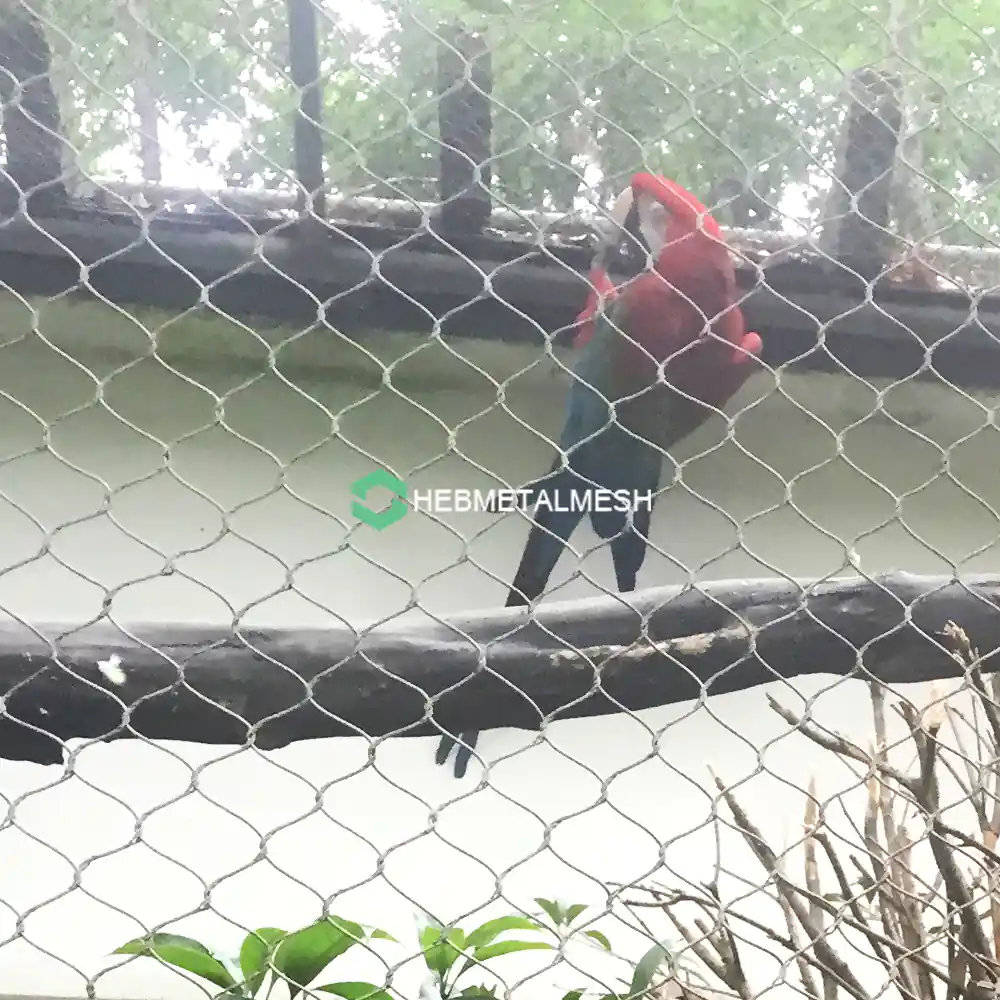
Creating a Safe Havens for Birds
Bird parks give visitors a unique opportunity to experience the beauty and diversity of aviary life. These meticulously designed enclosures provide birds with a safe haven to roam, socialize, and engage in their natural behaviors. However, ensuring the safety and security of birds within a bird park requires careful consideration and strategic planning. Aviary netting plays a crucial role in achieving this goal, serving as a vital component of any bird park’s infrastructure.
The Role of Aviary Netting in Bird Parks
Aviary netting forms an essential barrier that protects birds from both aerial and terrestrial predators. It is a versatile and adaptable solution that can be tailored to the specific needs of different bird species and aviary designs. Aviary netting offers numerous benefits for bird parks:
1. Predator Protection: Aviary netting effectively deters predators, such as hawks, owls, and foxes, from entering the aviary and harming the birds. The mesh size of the netting should be carefully selected to ensure that it is appropriate for the size and species of birds being housed.
2. Containment: Aviary netting is used to contain birds within the enclosure of a bird park, ensuring their safety and preventing them from escaping. This is especially crucial for young or injured birds who may have difficulty navigating their surroundings.
3. Enhanced Safety: Aviary netting provides a sense of security and peace of mind for bird park staff and visitors, allowing them to enjoy the aviary without the constant worry of bird escapes or predator attacks.
4. Aesthetic Appeal: Modern aviary netting is specifically designed to not only provide a safe enclosure for birds but also to enhance the visual appeal of the bird park. The netting seamlessly blends with the natural surroundings, creating a harmonious and aesthetically pleasing environment. Additionally, the netting can be customized with various colors and patterns, further adding to the overall beauty of the aviary.
Choosing the Right Aviary Netting
The selection of aviary netting is a critical decision that requires careful consideration of several factors:
1. Bird Species: The mesh size, strength, and material of the netting should be compatible with the size and species of birds being housed. For instance, smaller birds require finer mesh sizes, while larger birds may need stronger netting.
2. Aviary Design: The dimensions and layout of the aviary will determine the amount and type of netting required. Factors such as the height of the aviary and the presence of trees or other structures should be considered.
3. Environmental Conditions: The netting should be UV-resistant and durable enough to withstand the elements, including wind, rain, and snow.
4. Installation Ease: The netting should be easy to install and maintain, allowing for efficient repairs and adjustments.
5. Safety Certifications: Choose netting that meets industry standards and safety certifications to ensure the well-being of the birds.
Conclusion
Aviary netting is an indispensable component of bird park infrastructure, providing a secure and protective environment for birds while enhancing the overall aesthetic of the aviary. By carefully selecting, installing, and maintaining suitable aviary netting, bird parks can ensure the well-being of their avian residents and provide visitors with an unforgettable experience in the world of birds.

